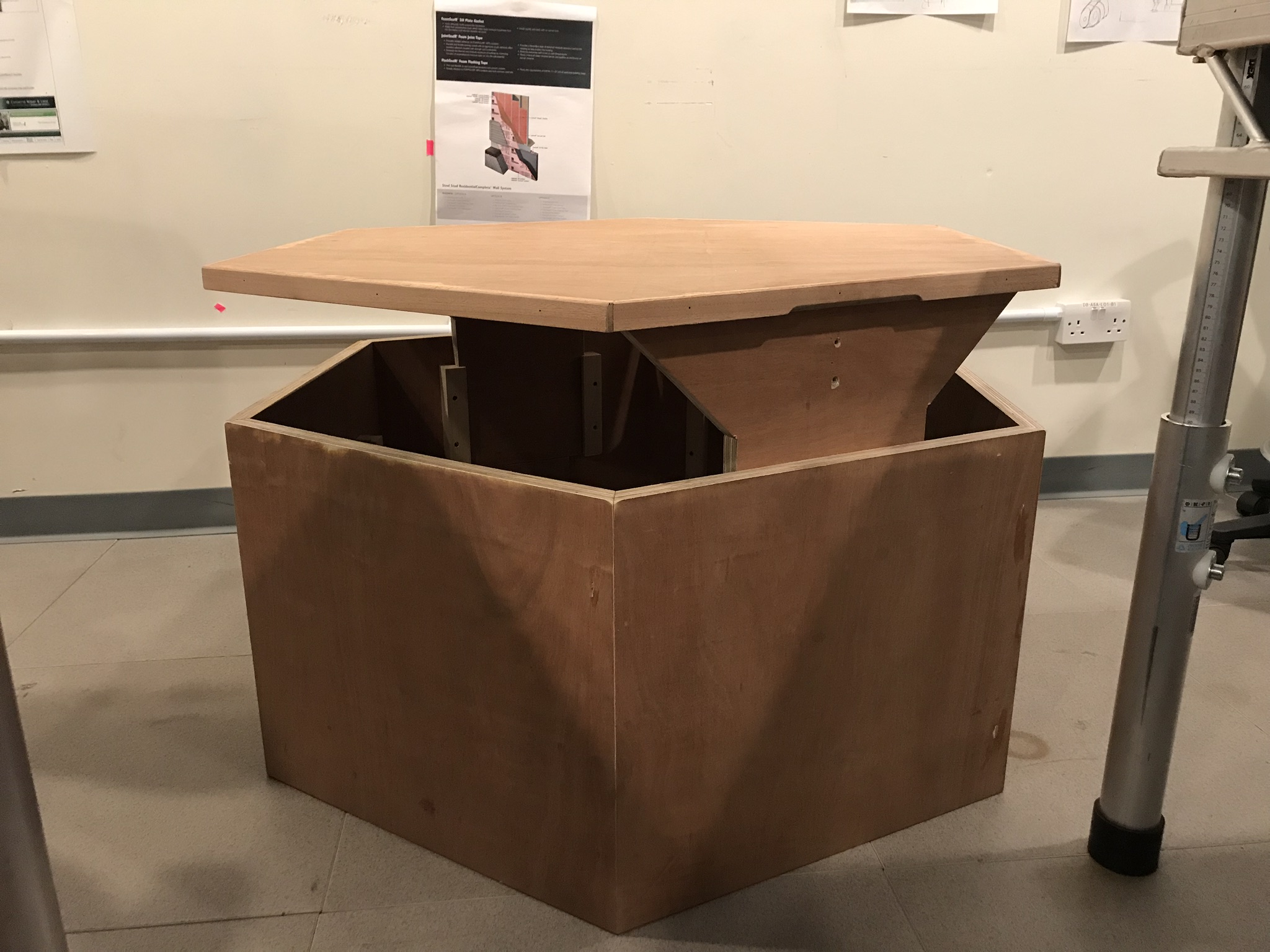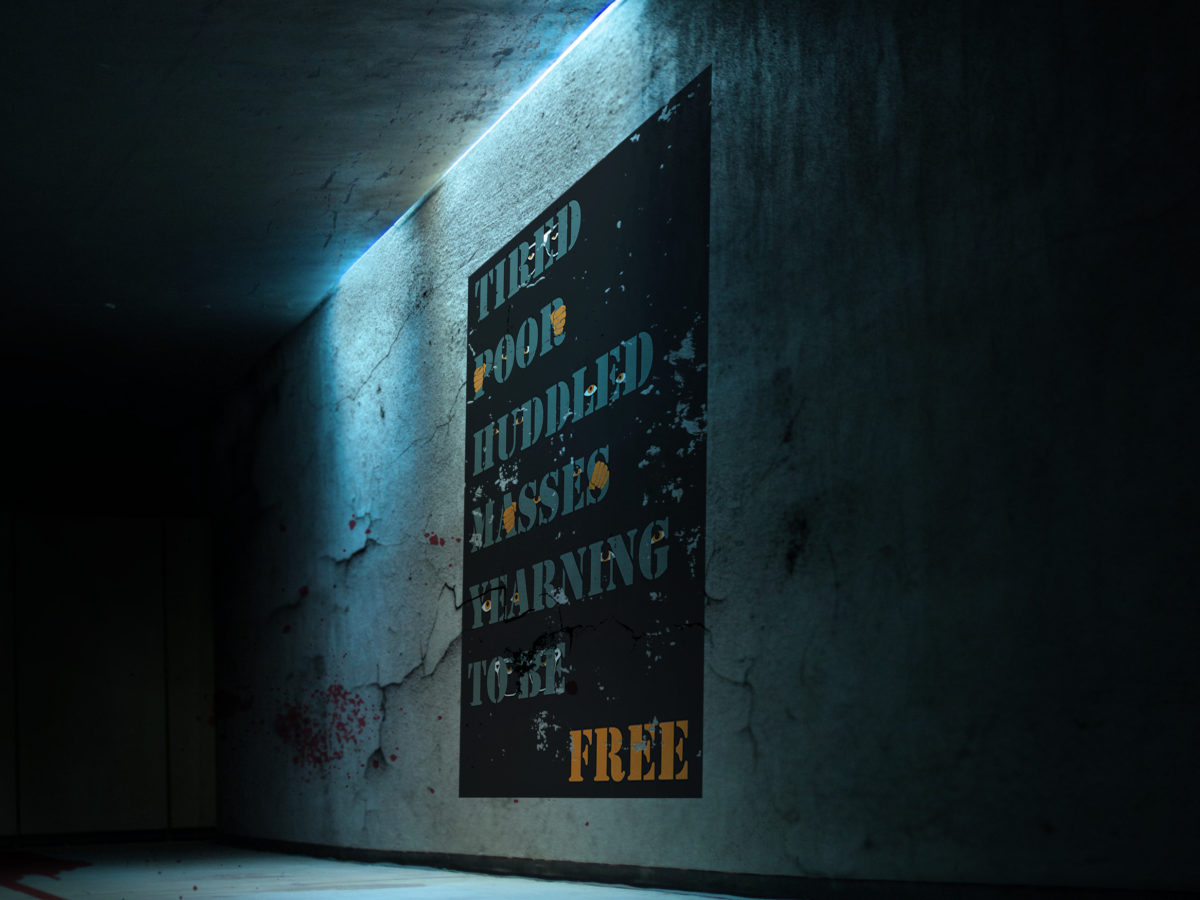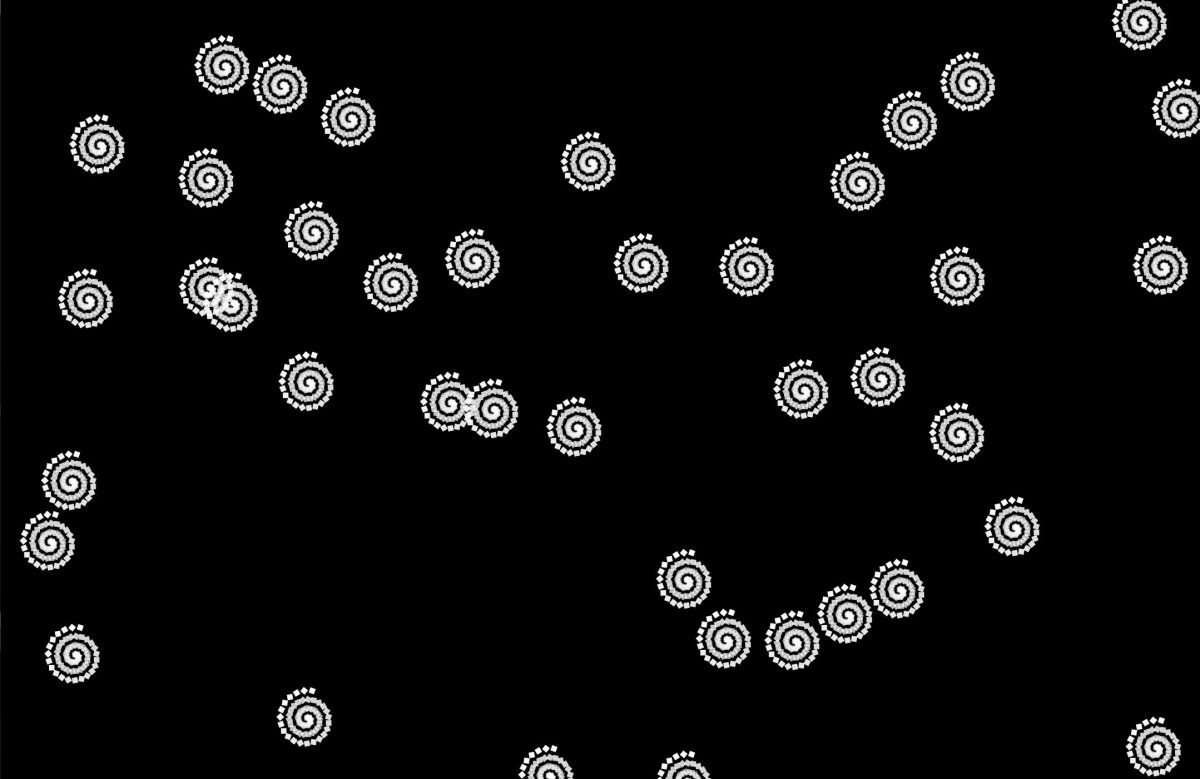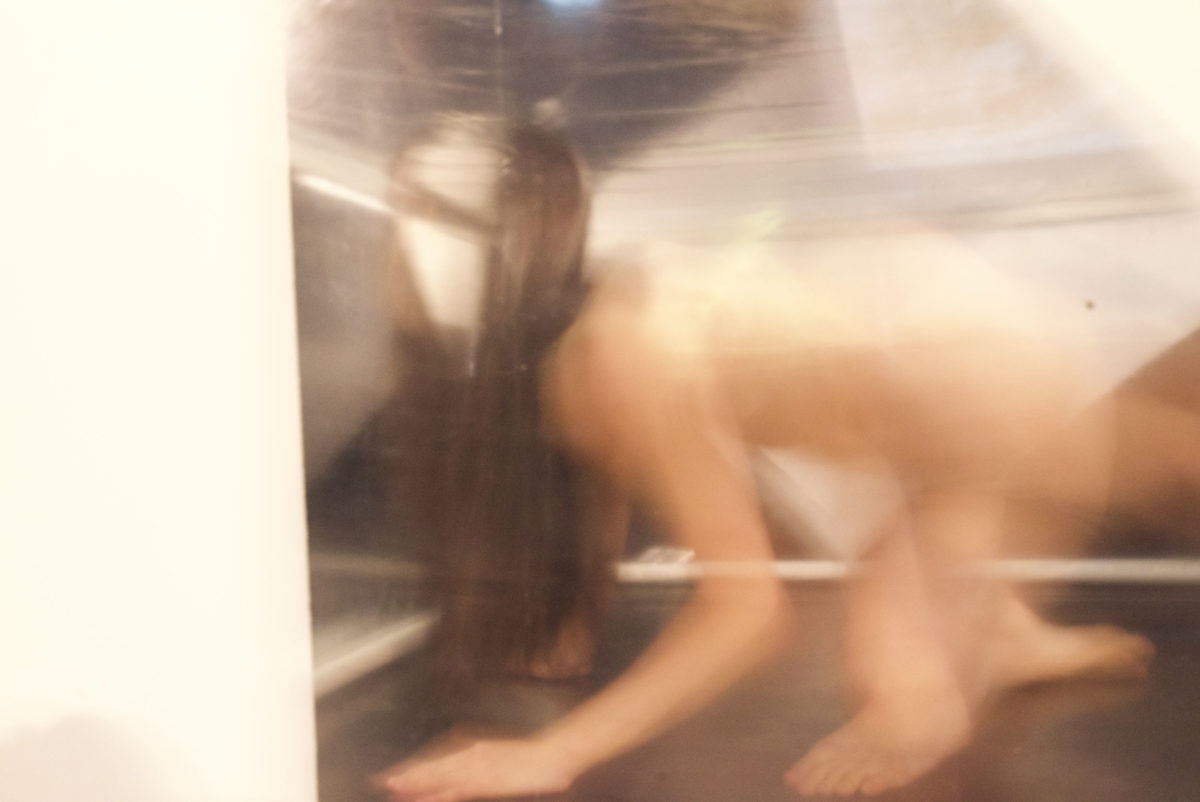February – May 2019
Movement holds our humanity together. Our capacities and our limitations, our joys and our traumas, our habits and our addictions–movement expresses them all. ‘Modern’ physical and social environments anesthetize this expression, regulating us into poses once reserved for sedentary rulers.
We spend our days sitting in throne-like furniture, misusing a design optimized for emanating status to support our bodies while we learn and work. And when we are not sitting, we use our birthright–interlocked systems of rotational complexity–to walk forward, lay down, and, if we’re lucky, spend an hour or two ‘exercising.’
As we embrace our position as user-consumer citizens, our calves shorten, pelvises tilt, hamstrings tighten, and spines trade the evolutionary S-shape for a sedentary C-curve. Few of us can enter a deep squat or hold it for any useful amount of time. We have built an environment with the intention to support our lives, and it is reducing our bodies.
In response, we are instructed to undergo years of rehabilitation in the form of strength, flexibility, and conditioning exercises or to devote our lives to a movement discipline. Through a collaboration with office workers, martial artists, and contemporary dancers, Fionn offers a different answer–the chance to design our spaces for our bodies.
Concept
Named after the legendary Irish giant who created the Giant’s Causeway, Fionn evokes the stability of those hexagonal basalt columns. Its plywood construction reflects the simple implements used by movement professionals, stepping out of the way to encourage changes in utility and aesthetic.
The wide, raised platform provides a sitting space that encourages frequent changes in position. People can squat, sit, stand, or do a handstand without worrying about the stool tipping. An internal structure and ergonomic handholds enable three height adjustments without compromising stability. Multiple Fionns can be combined to make larger furniture pieces and arrangements.
Process














